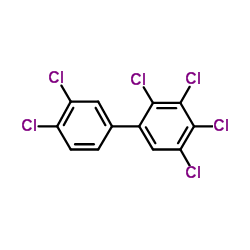| Structure | Name/CAS No. | Articles |
|---|---|---|
 |
2,3,3',4,4',5-PCB
CAS:38380-08-4 |
| Structure | Name/CAS No. | Articles |
|---|---|---|
 |
2,3,3',4,4',5-PCB
CAS:38380-08-4 |